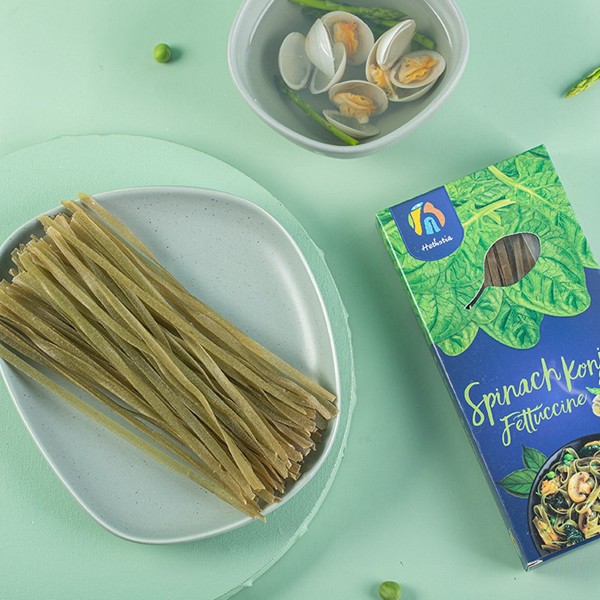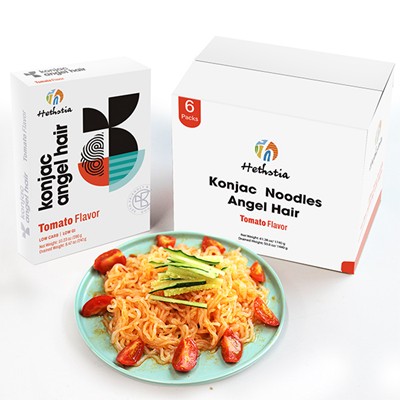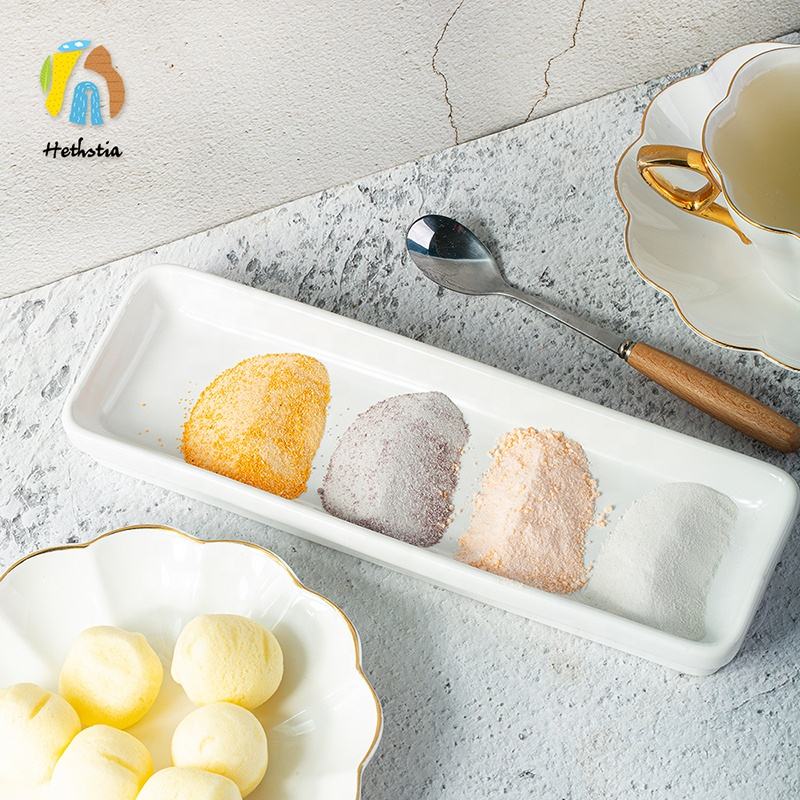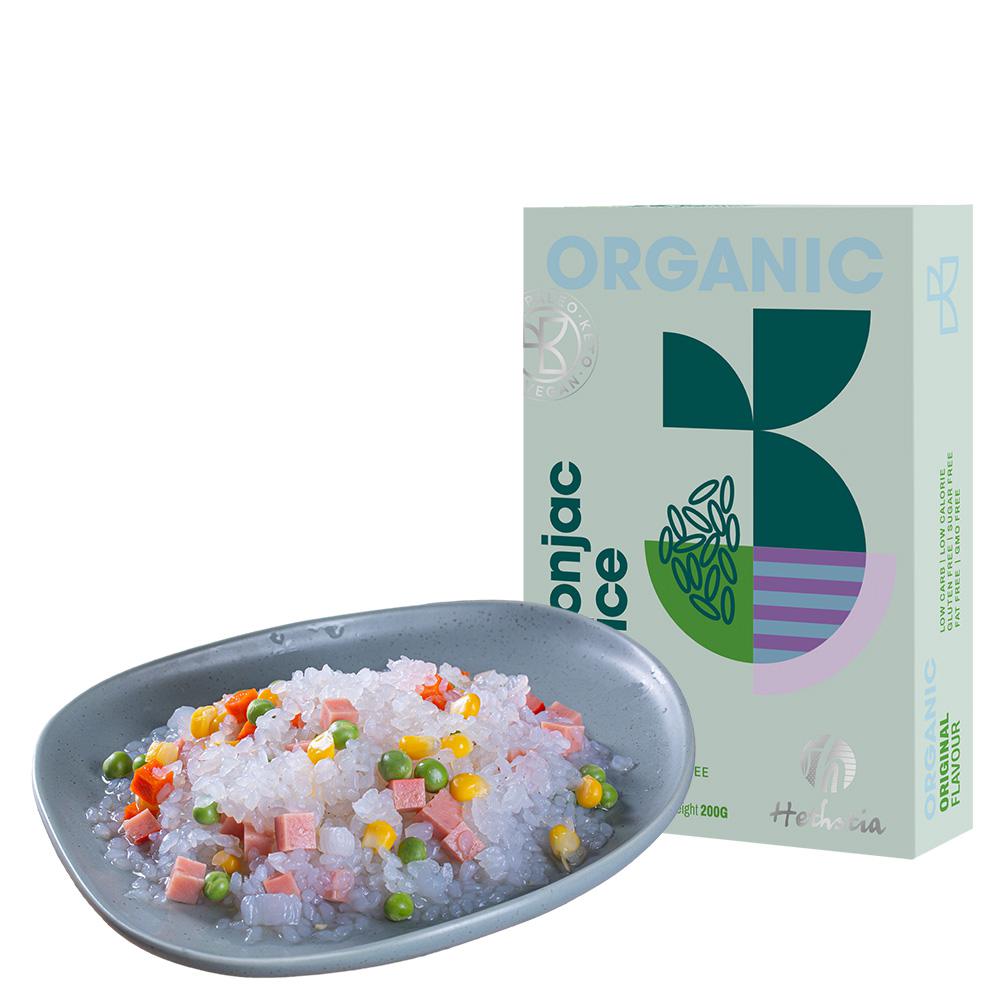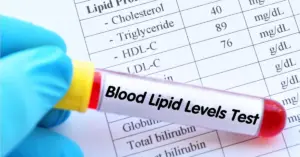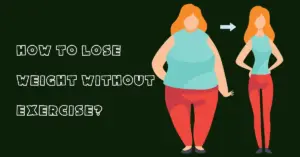High-protein noodles have emerged as a popular alternative to traditional wheat-based options, offering enhanced nutritional profiles tailored to modern dietary needs.
This article examines its role in weight management, muscle development, carbohydrate content, and overall health, while addressing practical concerns about taste, daily consumption, and suitability for children.
Drawing on current research and product analyses, we explore how these pasta varieties compare to conventional options and other protein-rich foods.
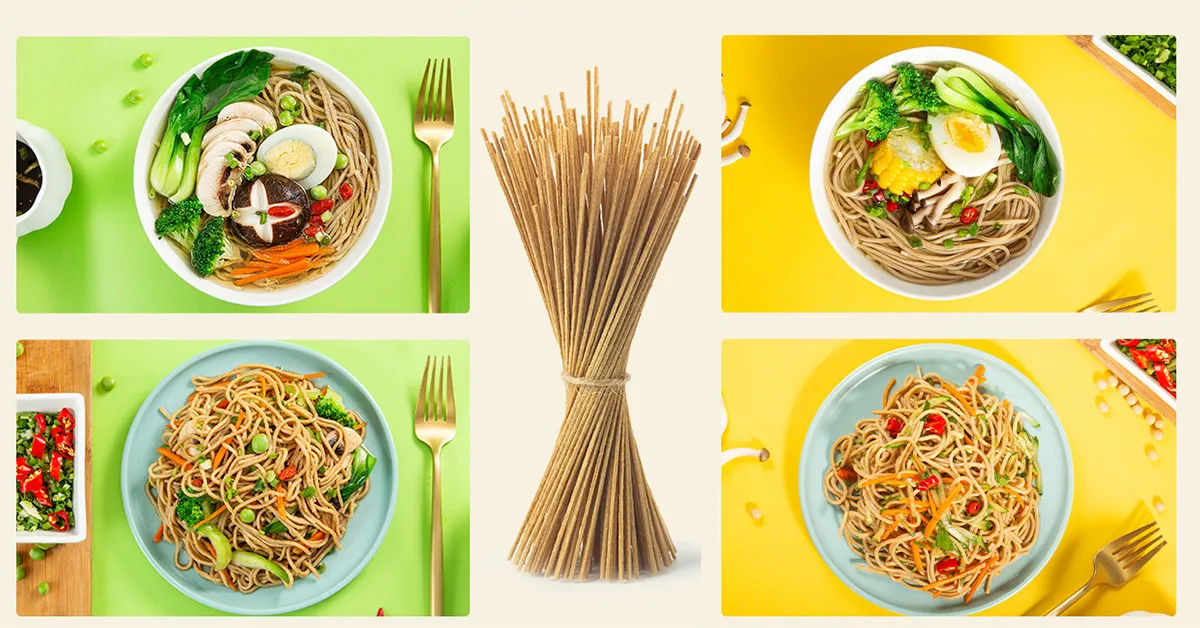
Can High-Protein Pasta Help You Lose Weight?
High-protein pasta can be a valuable tool for weight loss when integrated into a calorie-controlled diet. Protein enhances satiety, reducing overall calorie intake by prolonging feelings of fullness.
For example, red lentil pasta contains approximately double the protein of traditional wheat pasta, which may help curb post-meal cravings.
A 100-calorie serving of Hethstia’s High Protein Pasta provides 63 grams of protein and only 20 grams of carbohydrates, making it a nutrient-dense option that aligns with weight loss goals.
Does High-Protein Pasta Build Muscle?
High-protein noodles support muscle maintenance and growth when consumed as part of a protein-rich diet. Athletes and active individuals require increased protein intake to repair and build muscle tissue, and options like Hethstia’s high protein chickpea pasta (50.4 grams of protein per 100 grams) provide a convenient source.
However, muscle synthesis also depends on overall dietary protein diversity. While plant-based pastas contribute to daily intake, they should complement animal proteins or complete plant-based protein sources to ensure adequate essential amino acids.
Is High-Protein Noodles Low Carb?
Many high-protein noodles are designed for low-carb diets. Hethstia pea protein pasta, for example, contains only 23.9 grams of net carbs per serving, making it suitable for ketogenic regimens.
Legume-based pastas, such as those made from lentils or chickpeas, typically have fewer digestible carbs than wheat pasta due to higher fiber content.
Pea pasta’s carbohydrate profile is moderated by its 3.9 grams of fiber per 100 grams, which slows glucose absorption.
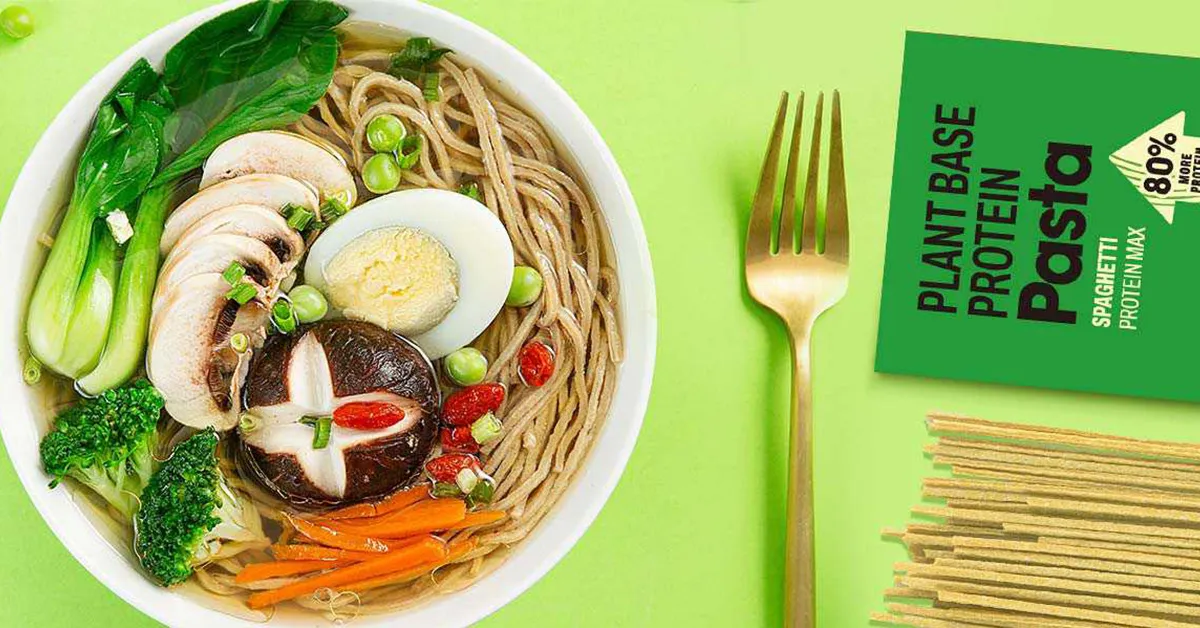
Is High-Protein Noodles Healthy?
High-protein pasta offers several health advantages but requires mindful selection. Legume-based varieties lack iron, calcium, and fiber in refined wheat pasta.
For instance, chickpea pasta delivers plant-based protein and complex carbs, promoting sustained energy levels.
However, some products may contain additives like xanthan gum or tapioca starch to improve texture, which could detract from their natural benefits. Opt for minimally processed options with recognizable ingredients.
Can I Eat High-Protein Pasta Every Day?
Daily consumption is feasible if balanced with other nutrient sources. A Reddit user reported eating pasta 3–4 nights weekly without hindering weight loss, emphasizing portion control and pairing with vegetables or lean proteins.
However, reliance on any single food may lead to nutrient gaps. Rotating high-protein noodles with whole grains, quinoa, or vegetables ensures dietary diversity.
How Many Calories Are in High-Protein Noodles?
Caloric content varies by ingredient. Hethstia’s protein chicken noodles provide 200 calories per 100-gram serving, whereas traditional pasta averages 300–400 calories per 100-gram dry serving.
Legume-based pastas often have comparable calories to wheat pasta but offer more protein per gram. For example, Banza’s chickpea pasta contains 190 calories and 13 grams of protein per 56-gram serving.
Which Food Has the Highest Protein?
While high-protein noodles contribute to daily intake, animal products like salmon (22 grams per 85-gram fillet) and chicken breast (31 grams per 100 grams) provide more concentrated protein.
Plant-based options such as lentils (9 grams per 100 grams) and tofu (8 grams per 100 grams) are also robust sources. High-protein noodles bridge the gap for those seeking carbohydrate-rich meals with enhanced protein.
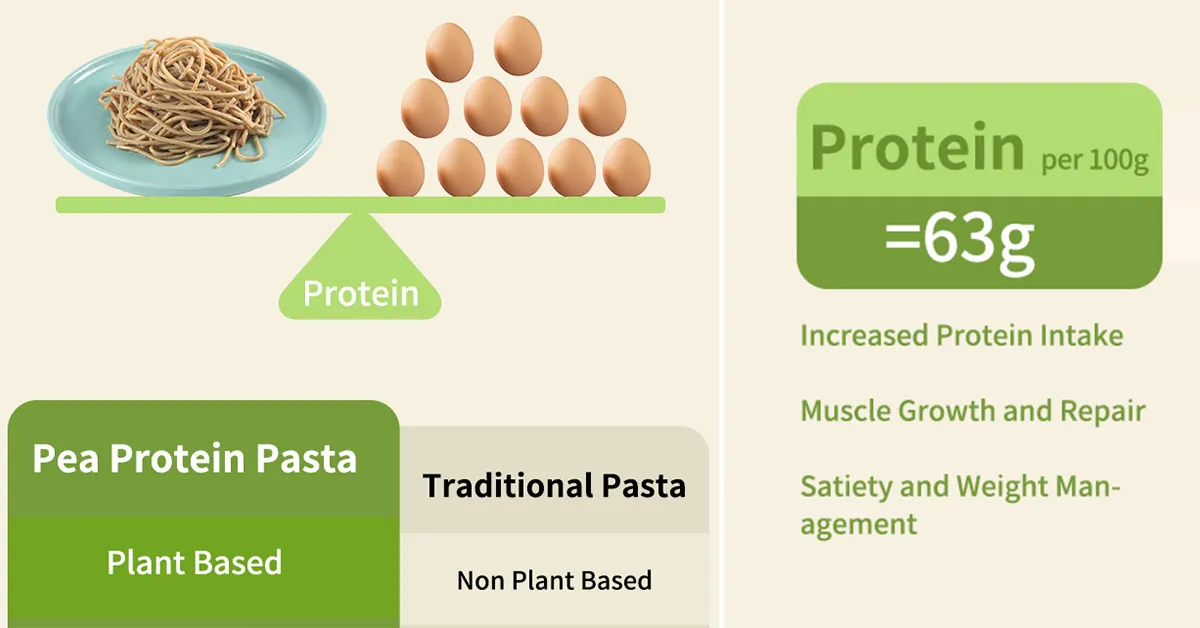
Does High-Protein Pasta Taste Different Than Regular Pasta?
Texture and flavor differences are notable. Lentil-based pastas often have an earthy, slightly bitter taste, while chickpea varieties are creamier.
Hethstia chicken instant ramen mimics traditional pasta’s texture more closely, avoiding the gumminess associated with shirataki noodles.
Sauce pairing can mitigate flavor disparities; robust tomato or cheese sauces complement legume pastas effectively.
Is Plant Protein Pasta Good for You?
Brands like Barilla use chickpeas or red lentils to create pastas rich in iron and calcium.
However, those with soy or legume allergies should check labels, as many products contain allergens.
Can Kids Have High-Protein Noodles?
Yes, provided allergenic ingredients (e.g., soy, gluten) are accounted for The creamy tomato protein pasta recipe from Real Little Meals, which uses cottage cheese and Parmesan, exemplifies a toddler-friendly dish.
Parents should introduce high-protein pasta gradually to monitor tolerance and ensure it complements a varied diet.
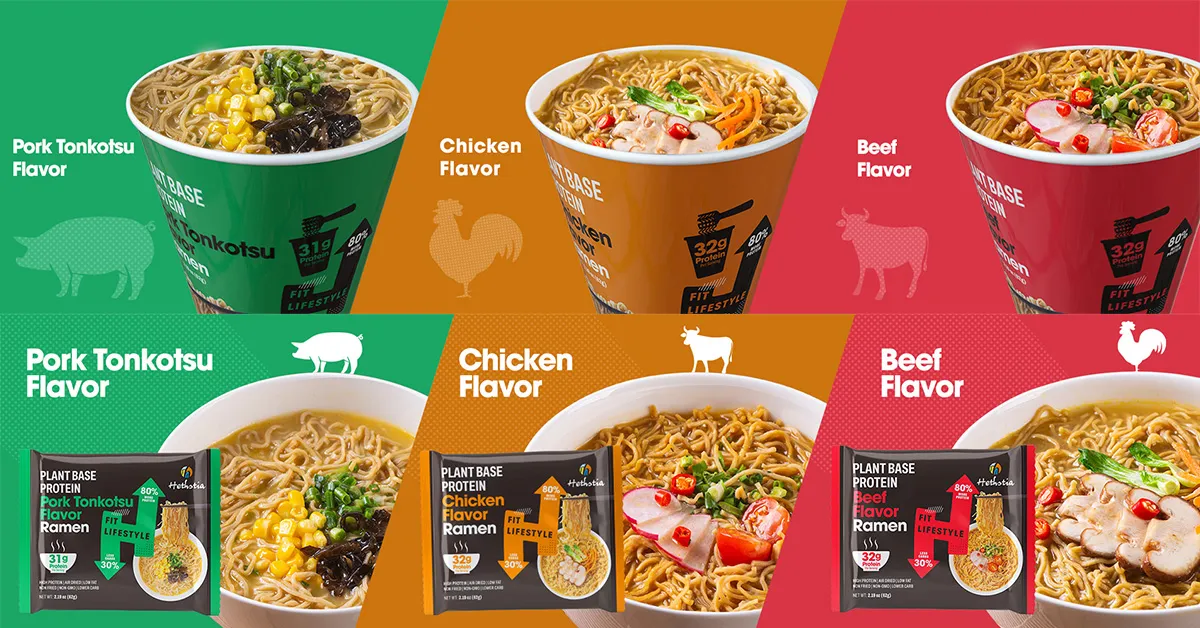
Conclusion
High-protein pasta is a versatile and nutritionally robust alternative to traditional options, suitable for weight management, muscle support, and low-carb diets.
While taste and texture differences exist, strategic preparation enhances palatability. Daily consumption is safe within a balanced diet, and plant-based varieties offer additional health benefits.
As with any dietary change, individual needs and preferences should guide incorporation, particularly for children or those with allergies. By prioritizing minimally processed options and diverse protein sources, high-protein noodles can be a sustainable component of a health-conscious lifestyle.


